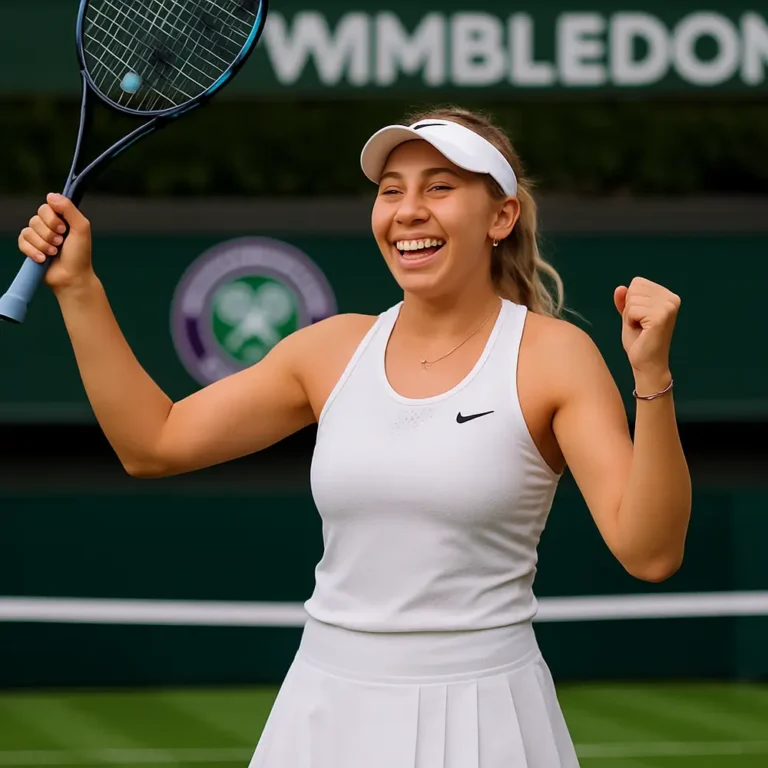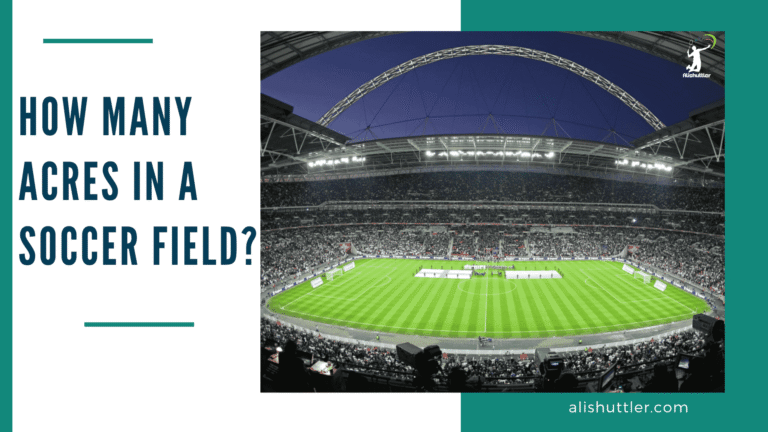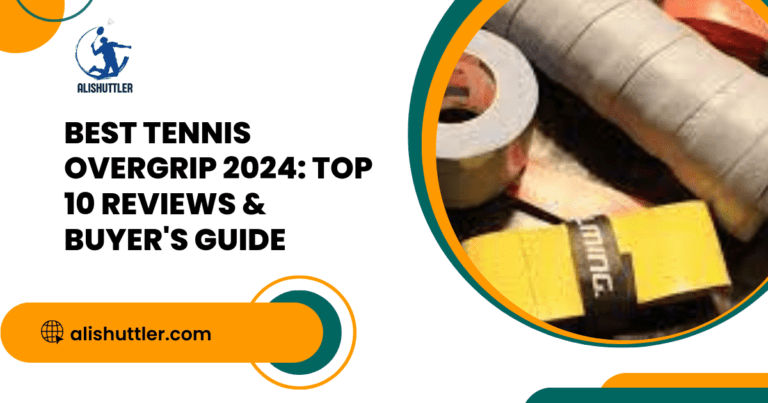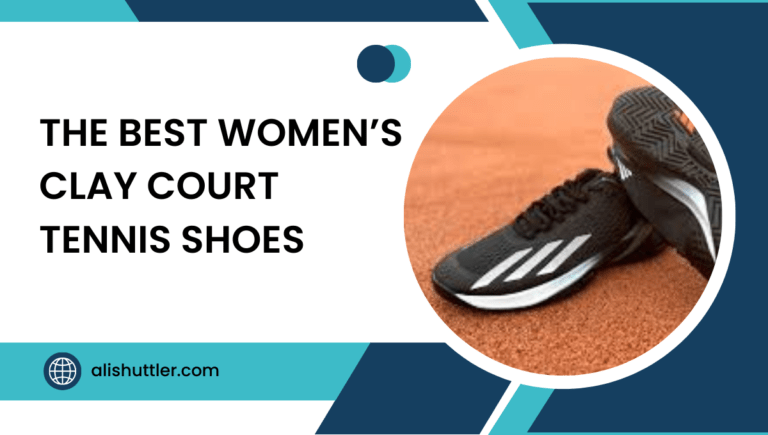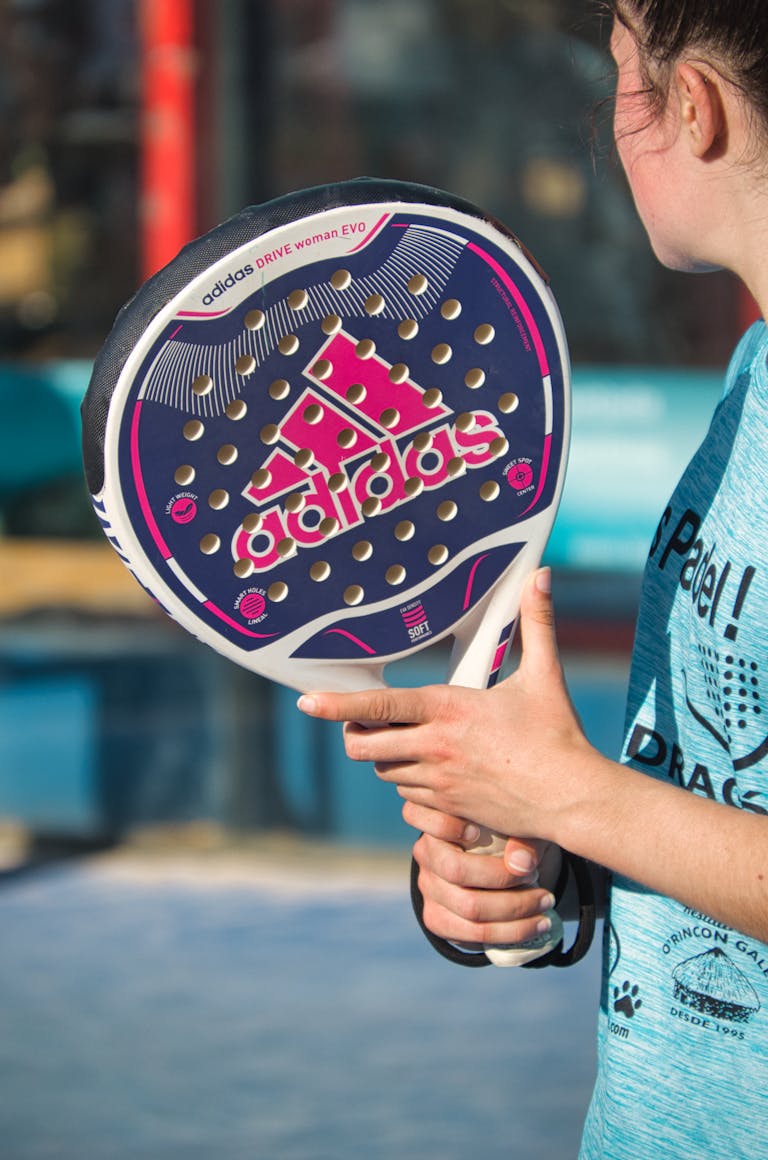The kind of Clay for Tennis Courts used on tennis courts is often crushed brick, shale, or stone, with red clay being the most common type worldwide.
Red Clay for Tennis Courts provide a slower game with high bounce, while green clay, made from crushed metabasalt, delivers a faster surface but still more grip than hard courts.
Court maintenance requires daily rolling and watering.
The following outline illustrates how these clay types influence play and maintenance requirements for tennis courts.
Clay Varieties
Tennis courts utilize two primary clay types: red clay and green clay courts. Each Clay for Tennis Courts surface significantly alters the pace, bounce, and style of play, leaving an indelible mark in the tennis world. Hybrid surfaces and special mineral blends impact how these competitive tennis court surfaces perform and the maintenance they demand.
1. Red Clay for Tennis Courts
Red clay is the traditional surface at tournaments such as Roland Garros in Paris. It typically consists of crushed brick, as it all began when old Vallauris terracotta pots got ground down to make courts. Red Clay for Tennis Courts is slow, meaning rallies are extended and the ball bounces high, favoring big topspinners.
This surface is prevalent in South America and Europe, where it is preferred for its heritage and distinctive style of play. The bounce on red clay can be unpredictable, especially if the court isn’t maintained daily. Players have to adapt to varying ball height and velocity from rally to rally.
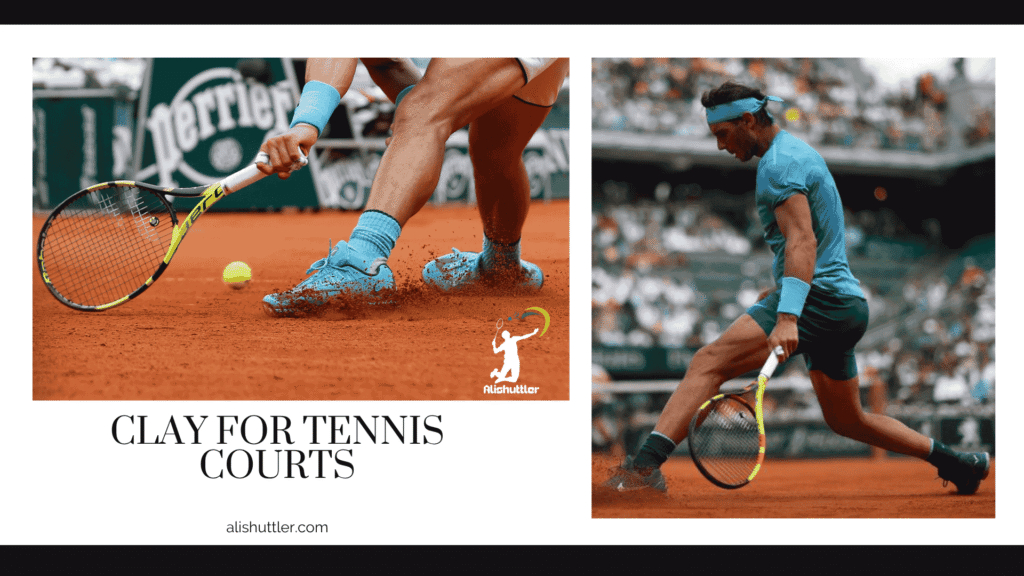
Red clay courts dry slowly after rain, delaying play, and require daily maintenance thereof! Watering, rolling, and patching low spots maintain an even, playable surface. Numerous greats, like Rafael Nadal, have crafted their legacies on this surface through their skills in adapting and excelling in these conditions.
2. Green Clay
Green clay, known as Har-Tru or claytech, utilizes crushed metabasalt rather than brick, making it a popular choice among tennis players. This surface tends to create a quicker bounce compared to red clay, altering the dynamics of how points are played. Some players prefer green clay for its speed while still benefiting from the sliding and longer rallies typical of clay court tennis.
In the U.S., green clay has become the de facto standard for clubs and competitions, as its surface sheds water rapidly. This means that matches can quickly resume after rain, which is a significant advantage for busy tennis court surfaces with minimal downtime.
Moreover, green clay’s unique combination of speed and lower maintenance makes it versatile for various applications. Players like Chris Evert have found their games thrive on this surface, highlighting how surface preference can influence a player’s success in major tournaments.
3. Hybrid Systems
Hybrid clay systems mix natural clay with synthetic or engineered elements. These may consist of sand, fibers, or unique binders that maintain the surface and reduce maintenance every day. Hybrid courts strive to retain some of the red or green Clay for Tennis Courts ‘feel while reducing the time and expense of maintenance.
They provide a happy medium, providing the slide and bounce of traditional clay yet with quicker drainage and less bumpiness. For tennis centers, hybrid courts are a versatile choice. They do well in situations where ongoing upkeep is hard or where the weather is erratic.
4. Mineralogy
The mineral composition of cClay for Tennis Courts is a big part of how Clay for Tennis Courts plays. Red clay is abundant in brick or shale, while green clay comes from metabasalt and occasionally granite or limestone. These minerals alter the court’s footfeel, post-rain drainage, and ball bounce.
Local dirt makes a big difference, too. Different courts around the world use what’s available, so a red clay court in Spain might not play the same as one in France, even if they appear identical.
Playing Dynamics
Clay tennis courts, particularly traditional clay courts with a crushed brick surface, add a slower, more strategic tempo to matches. The distinct clay court surfaces affect how players run, hit, and strategize each point, influencing the overall tennis skills displayed.
Ball Speed
Clay for Tennis Courts slows the ball more than hard courts. When the ball strikes the clay, the soft surface slows it down, forcing extended rallies. This reduced pace forces players to put more effort into finishing points and frequently forces them to construct their shots with greater deliberation.
For instance, on hard courts, quick flat drives can finish off points, but on clay, these balls are easier to retrieve. Long rallies are the norm on clay. Players require patience, as it is more difficult to strike winners. This shifts the way players select their attempts.
They use more topspin and attempt to position their opponents laterally. The reduced pace checks endurance. Matches can go on for hours, like the legendary 1984 French Open final between McEnroe and Lendl that demonstrated just how brutal clay can be on your stamina.
Player Movement
Clay courts unlock the opportunity to slide into shots. Sliding alters when and how players arrive at the ball and then recover for the subsequent one. On hard courts, these stops are sudden, but clay allows players to slide, which aids in rapid directional shifting.
This slide is why footwork and balance are so critical. Athletes tend to drop one foot, slide, and twist their body before making contact with the ball. The requirement for an alternative motion style makes novice clay shooters initially struggle.
Slippery surfaces, particularly immediately post-rain, increase the difficulty, and natural Clay for Tennis Courts could require days to dry. The requirement for tremendous equilibrium and intelligent strides is obvious when observing pros such as Rafael Nadal, who attributes his victories to modifying his movement to clay.
Bounce Height
PClay courts make the ball bounce higher. This makes it harder to close points quickly, as balls remain in play for extended durations. Higher bounce, along with some erratic bounces, means players must be prepared to shift strategy quickly.
Groundstrokes flourish on clay due to this bounce. Players who hit with tons of topspin tend to do better, since the ball jumps up even more. Firm, high bounce assists players to construct solid rallies but challenge their response.
Chris Evert’s long Clay for Tennis Courts streak illustrated the importance of consistent groundstrokes and adjusting to the bounce.
Baseline Play and Strategy
Clay for Tennis Courts likes baseliners who extend points. The slow pace and bounce allowed them to construct points and wait for errors. Quick net rushes do not happen very often.
Strategic play is key.
Court Construction
Handcrafting a clay tennis court entails fighting through a meticulous series of steps to manufacture the surface that stands up to play and the elements. Then, it begins with marking the court outline with pegs or wooden boards. Each layer in the construction, from the base to the top dressing, serves a real purpose: stability, drainage, and a playable surface.
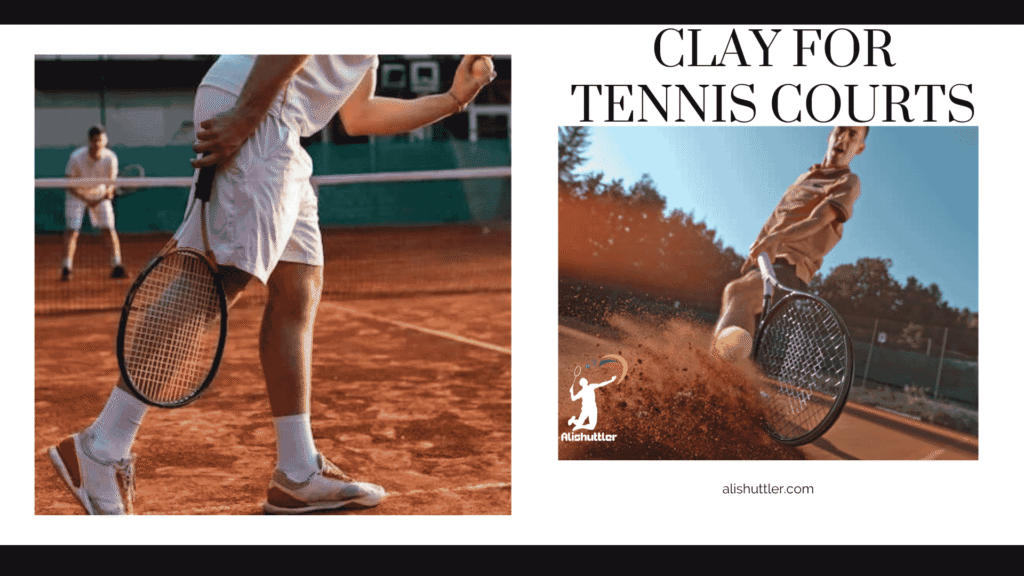
The court is 23.77 meters by 8.23 meters for singles and 23.77 meters by 10.97 meters for doubles, but the construction under the surface is as important as the lines on top.
Sub-base
The sub-base is the first real structural layer in tennis court construction, providing essential stability and longevity for the playing area. Builders typically use materials like crushed stone, brick, or shale to create a flat base that is compacted until firm. A rugged sub-base is crucial for supporting clay surfaces, ensuring that the court remains level and does not sag or bend under pressure.
Without a solid sub-base, the tennis court surfaces may settle unevenly, leading to dips or soft areas that can disrupt gameplay. Courts with inadequate sub-bases are prone to cracking and require constant maintenance, which affects the overall quality of the playing experience. A well-constructed sub-base results in less upkeep and superior playing conditions, especially for top clay court players who rely on consistent bounce and performance.
Some courts may implement thicker sub-base layers in wetter climates to improve drainage and frost resistance, while others opt for thinner layers where the soil is already firm. This careful consideration of the sub-base contributes significantly to the durability and performance of the tennis court, making it essential for competitive matches and recreational play alike.
Drainage
A good drainage system is crucial for maintaining a clay court tennis environment, as it prevents water from collecting on the tennis court surfaces. This system keeps the Clay for Tennis Courts from becoming soggy and helps the clay surface dry quickly after rain. Typical drainage solutions include a slight slope for surface drainage and pipes or gravel trenches underneath for subsurface drainage.
The best courts use both, a slight slope for runoff and pipes or gravel trenches underneath to siphon water away. Great drainage means courts stay playable more days a year and prevents issues such as algae or mud.
For instance, a dry climate may only need surface grading, while a wet or humid region benefits from layered, deeper drainage systems to maintain the integrity of the playing area. This careful consideration ensures that the courts are always ready for competitive tennis matches.
Top Dressing
Top dressing is where a new layer of Clay for Tennis Courts is added to the playing surface to maintain its smoothness and evenness. It’s generally composed of a thin layer of finely crushed clay, occasionally blended with granite or brick dust for added color and traction.
Most courts require top dressing a few times a year, particularly after periods of heavy play or inclement weather. The quality of the clay is important. Red Clay for Tennis Courts, green clay (Har-Tru), and natural clay all have their own unique textures and ball play speeds but ALL require to be spread and compacted evenly.
High-traffic locations, such as the baseline, receive additional focus as they deteriorate more quickly. When done correctly, top dressing maintains the court’s beauty and provides an even surface under foot.
Maintenance Demands
Clay tennis courts require more maintenance than most other types of surfaces. Routine care keeps them whirring, secure and sharp. Whether your clay is red, green or otherwise will influence the specific maintenance demands, but all clay courts have some fundamental maintenance in common.
Ongoing maintenance tasks for clay courts include:
- Watering daily, especially in hot or dry weather
- Brushing to spread clay and even out the surface
- Rolling to keep the court smooth and firm
- Checking for debris and removing it
- Monitoring lines and replacing or resetting as needed
- Inspecting for uneven spots after rain
Daily Care
Dailies are the lifeblood of maintaining a clay court. Each day, the court must be watered to maintain firmness of surface and prevent drifting dust. How much water varies with the weather. Hot days or dry air climates require more attention to watering.
Sweeping the surface distributes clay and smoothes away player and bad weather tracks. Neglecting these tasks results in rough, bumpy surfaces that create strange bounces and slow-dries the court after a rain. Court specialists are key here. They recognize problem areas, such as thin spots or soft patches, and repair them before they escalate.
When daily care slips, courts get worn out faster and repairs become expensive and labor intensive. Neglect, after a while, can even render the court dangerous or unplayable.
Annual Resurfacing
Resurfacing is required roughly on an annual basis, subject to court usage and the nature of the clay. Indications that you need a court resurfacing are diminished color, bare spots or a court surface that doesn’t feel firm and even beneath your feet any more.
Courts with heavy play or weather extremes might require more frequent attention. Just as timely resurfacing helps the court last longer and keeps it playable, it can prevent minor problems from becoming major, costly repairs. Resurfacing costs can be expensive and clubs and owners typically anticipate this and budget for this work in advance.
If you wait too long in between resurfacings, you end up needing more repairs and paying more overall.
Water Management
Water well means no puddles, no dry cracks and no soft, loose spots. To water too much makes the court muddy, to water too little makes it dusty and wears it away. The right moisture content makes the clay cool and easy in the hands.
A lot of courts maintain sprinkler or drip irrigation systems to assist tamer water consumption. These can be put on timers, so it’s easier to keep moisture levels just right without much guess work. Good water management keeps maintenance on schedule as well, as it decreases post-rain downtime and the requirement of heavy repairs.
Maintenance Variations
Different clays have different demands. Natural clay, for instance, is not easily permeable to water and dries very slowly – often a couple of days or three after a rain.
Courts constructed with speedy drying clay blends require less downtime and less frequent deep maintenance. Most courts employ a clay base of approximately 10–15 centimeters (4–6 inches); however, the depth and mix can vary with climate and usage.
Cost Analysis
Clay for Tennis Courts tennis courts offer an exceptional playing experience but have expenses extending past the surface alone. The total cost varies by a lot of factors, from materials selection to local labor costs, and even ongoing maintenance.
Here’s a table of what can drive your final bill up or down.
| Factor | Details |
|---|---|
| Surface Type | Clay, asphalt, concrete, grass |
| Materials | Clay, gravel, sub-base, liners |
| Labor Rates | Highly variable by region |
| Site Preparation | Grading, drainage, equipment |
| Court Size | Standard vs. custom dimensions |
| Number of Courts | Single vs. multi-court complex |
| Resurfacing Needs | Frequency, material costs |
| Painting | Lines/designs, complexity, location |
| Maintenance | Watering, rolling, brushing, annual repairs |
Installation
Material and labor costs constitute the majority of the expenditure for a new clay court tennis venue. Site work, surfacing, and labor costs range from $22,200 to $44,800, with actual surfacing adding an additional $16,200 to $48,600. By comparison, asphalt/concrete-based courts can be anywhere from $60,000 to $120,000+, averaging $85,000. The clay itself runs from $5 to $15 a square meter, depending on type and source.
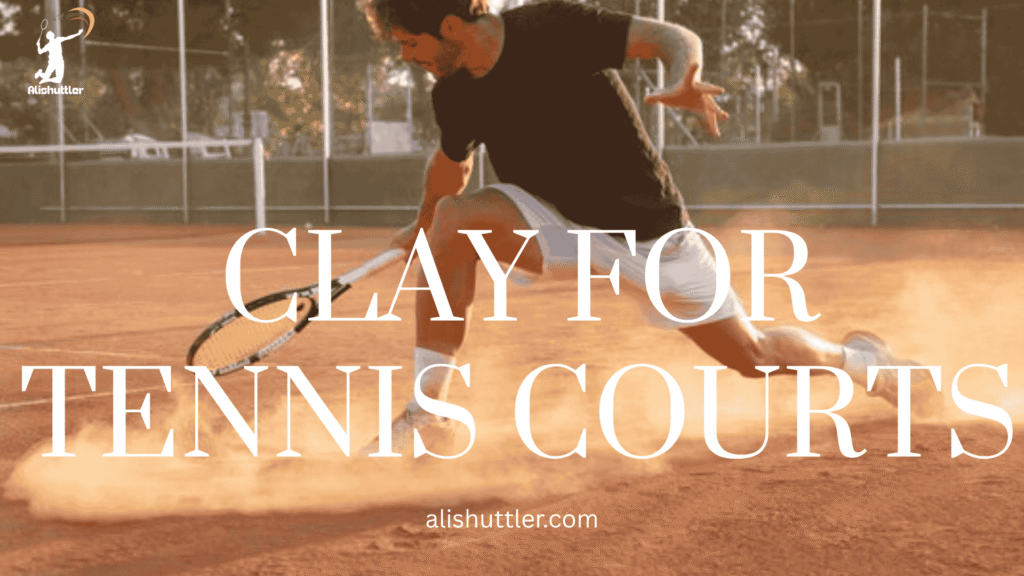
It’s crucial to hire expert contractors who have handled tennis court surfaces before. Expert crews provide correct grading, drainage, and layer compaction, all important for playability and durability. Naive crews may skimp, leading to expensive repairs or surface problems down the road.
It’s crucial to hire expert contractors who have handled tennis courts before. Expert crews provide correct grading, drainage and layer compaction, all important for playability and durability. Naive crews may skimp, leading to expensive repairs or surface problems down the road.
Unexpected costs can arise during installation. These could be additional drainage work if the soil is bad, elevated trucking expenses for more distant locations, or sloped ground site prep.
Painting the court for lines and logos may cost between $250 and $650, based on design/size. The bigger complexes require tons more material and labor, pushing the price even higher.
In summary, investing in quality clay surfaces and hiring skilled professionals is essential for creating a durable and playable tennis environment.
Upkeep
It is more expensive to maintain a Clay for Tennis Courts than most hard courts. Usual maintenance includes daily brushing and watering, and annual rolling. Plan on annual maintenance running between $1,000 and $2,500, depending on regional costs, climate and usage.
Routine maintenance is what drives down costs in the long-term. Neglect causes surface cracks, drainage problems, and more frequent resurfacing, which can cost $8,000 to $20,000 every few years.
- Brush and water court everyday to level the surface.
- Schedule yearly rolling and repairs to prevent deep cracks.
- Employ local clay sources whenever possible to reduce material costs.
- Train staff on maintenance routines to prevent outside help.
Alternatives
| Surface | Cost | Maintenance | Playability |
|---|---|---|---|
| Clay | Moderate | Moderate | Slower, softer, more sliding |
| Asphalt | Lower | Low | Fast, hard, less forgiving |
| Concrete | High | Low | Fast, durable, less cushioning |
| Grass | Very High | Very High | Fast, natural, high upkeep |
Clay courts give slower play and softer footing, which some players like better. Asphalt is least expensive to construct and repair, but it’s tough on the body.
Concrete stands the test of time but carries a high initial cost. Grass is uncommon because of its extremely high maintenance, beginning at $2,000 a year.
New tech has introduced hybrid surfaces—such as cushioned acrylic or synthetic clay—providing lower maintenance with comparable play. Such options are catching on as clubs and facilities seek a tri-balance of cost, player comfort and care requirements.
Trends hint at a slow shift toward cost-slicing surfaces that maintain high-level play. This is true for hybrid and modular systems, too, particularly in locations with expensive water and labor.
The Player’s Perspective
The unique clay of the tennis courts represents the game and how this influences the way players train, behave and think. Clay courts, constructed with crushed brick, shale or stone, decelerate the ball and extend the duration of matches. This change in turn shifts player locomotion, strategizing, and even injury and risk considerations.
Your surface selection can transform your play-style, make or break streaks, and influence how well you dodge hurt.
Injury Risk
Clay courts can assist reduce the potential for tough impact injuries witnessed on swifter, more firm courts. This soft, loose clay gives a little more with each step, distributing the force on joints and making ankle sprains less frequent.
This same softness allows players to slide frequently, which can put additional stress on knees and hips, particularly when play is quick or the court is damp and slick. Players without right shoes or slide in the wrong direction, pull muscles or fall.
Good shoes with strong grip, combined with an emphasis on intelligent footwork, prevent a lot of players from getting hurt. Keeping the court level routine brushing, watering and rolling prevents bad bounces or rough patches that can cause tripping or slipping.
Tactical Adjustments
Clay for Tennis Courts takes the speed out of the ball, so you have to reimagine how you win points. Big serves and flat shots lose their edge, whereas patience and steady play matter more.
A lot of great clay players, like Nadal and Muster, developed their games on long rallies and good defense. Chris Evert’s record 125-match win streak on clay demonstrates how consistency can reward you.
Just be patient. Players had to construct points, keep concentration during long rallies and employ topspin to pressure their opponents back. The slower bounce and high spin mean that good baseline play, timing and shot selection count for more than they do on grass or hard courts.
Clay for Tennis Courts winners, on the other hand, work patiently and wait for the opportunity to hit hard.
Surface Evolution
Over the years, clay courts have evolved. Builders are now putting in better materials, expecting smoother bounces and less maintenance.
Crushed brick is prevalent in Europe and green clay (Har-Tru) is more popular in North America. Both bring the ball down, but each has a different feel and rhythm.
Innovative equipment and court care methods maintain surfaces level and secure. Studies into new mixes and binders continues, with optimism for improved drainage and extended longevity.
Our mission is courts that play true, last long, and work in every weather. That lets players trust the bounce and strategize.
Final Thoughts
Red clay and green clay both work for tennis courts, but each lends a different experience to the game play. Red clay appears more in Europe and South America and green clay appears more in North America. Each surface alters the ball’s bounce and speed, as well as the players’ movement.
Constructing and maintaining a clay court requires time and attention, but numerous players claim that the slower play and gentler surface make it all worthwhile. For clubs, schools or city parks selecting the right clay makes a huge difference in how people play and enjoy the space. Want to learn more, or plot your own court? See pro guides or consult local court builders for advice specific to your situation.
Frequently Asked Questions
What type of clay is most commonly used on tennis courts?
Red clay, made from crushed brick, is the most common type of clay surface used for tennis court construction, particularly in Europe and South America.
Are there different types of clay for tennis courts?
Yup, the three big ones are red clay, green clay (Har-Tru), and, at times, blue clay, each offering unique conditions on tennis court surfaces.
How does clay affect tennis gameplay?
These courts slow down the ball and create a higher bounce. This causes longer rallies and helps baseline players.
Is clay court maintenance difficult?
To maintain a uniform and safe playing surface, clay courts require regular watering, rolling, and brushing, especially for competitive tennis court events.
Are clay courts more expensive than hard courts?
Clay courts, known for their consistent playing surface, typically have lower construction costs than hard tennis courts but may require more frequent maintenance.
Can anyone build a clay tennis court?
Clay courts, particularly traditional clay courts, need to be professionally built for drainage and consistent playing surface quality.
Why do some players prefer clay courts?
Many tennis players prefer clay courts due to their softer surfaces, which are easier on the joints and promote a more strategic, slower-paced game.

